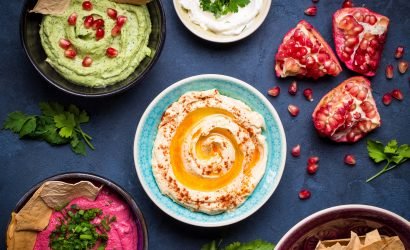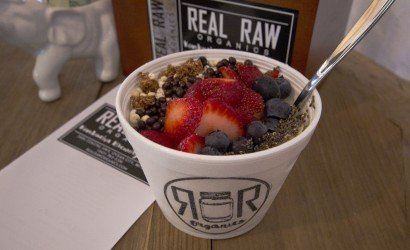“I’m a purist,” said Master Beekeeper Dean Burroughs while talking about his philosophy towards beekeeping and honey. Burroughs believes in keeping things simple and the honey pure. I had the pleasure of attending a talk from this apiarist last week. Burroughs is the president of the Eastern Shore Beekeepers Association and gives talks around the area to promote and educate the public about bee preservation and beekeeping.
Home beekeeping has seen resurgence in recent years with concern for local bee populations but also with growing interest in sustainability and homesteading. Burroughs cultivates his honey and beeswax for personal consumption and candle making but also sells products at local markets. In addition, he lends his bees to farmers to pollinate their crops.
When noticing beautiful flowers blooming, how they were pollinated is often an afterthought – if a thought at all. Burroughs said that bees are responsible for pollinating about a third of our diets. With the decrease in the bee populations, this once naturally occurring phenomenon needs to be aided by man.
Since the bee populations are dwindling, education about what we can do as concerned citizens is very important. The decrease in numbers occurs for a variety of reasons including disease, overuse of pesticides, loss of habitat from urban sprawl, and development of monocultures. As a homeowner, you can spray pesticides limitedly, before plants flower, and use contact spray not systemic (systemic builds up in the soil). You can also preserve natural areas like ditch banks, pond edges, and wood lots, and plant flower beds with a variety of native plants.
Support local beekeepers by consuming local honey. Local honey is usually additive-free and is not processed. I was interested to learn that no two honeys are the same. How honey tastes and its nutritional make-up is dependent upon what the bees pollinate. In this area, most of the honey is wildflower honey- aster, clovers, etc. This lighter honey, like Burroughs’, is mild in flavor. Because honey nutrition is dependent on a flower source, consuming local honey can be great for reducing seasonal allergies. It comes from local flowers and plants to help build up resistance.
Besides being delicious and healthy, honey can be used as a quick energy source for runners or exercise enthusiasts, can sooth sore throats, and can be used topically to improve wound healing. Put honey on a burn to increase healing and stop the bandage from sticking. Because honey never spoils, stock up.
Use all of that new honey as a substitute for any sweetener and to add another dimension of flavor with extra nutrients to your baked goods. Honey is sweeter than sugar so you don’t need to use as much, cutting down on calories.
You can usually use about ¾ cup of honey for every cup of sugar. When used in baking, make sure to account for the moisture in honey and modify the wet ingredients accordingly. As a general rule, reduce other liquids by ½ c. for every cup of honey you add. Also, reduce the oven temperature by 25 degrees so your baked goods won’t brown as fast. Every recipe won’t be exactly the same so you will have to do some experimenting.
I found this recipe for Peanut Butter Breakfast Balls a while ago and have modified it a couple of times. This is a great way to use honey and is perfect for breakfast but can also be a quick snack. I made them with our neighborhood kids and they had a great time getting their hands dirty. The balls have peanut butter, a great source of protein with no cholesterol, and flax seed, high in heart healthy omega 3 fatty acids and fiber. They also have oatmeal, making it a complete protein. The sweetness of the honey appeals to even young palettes.
Local honey is delicious, nutritious, and supports local beekeepers and the local bee population. To find out more about local honey and beekeeping in this area check out the Eastern Shore Beekeepers Association website. For other home-cooked recipies, check out Shorebread’s Bread Box.










